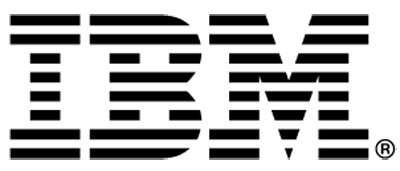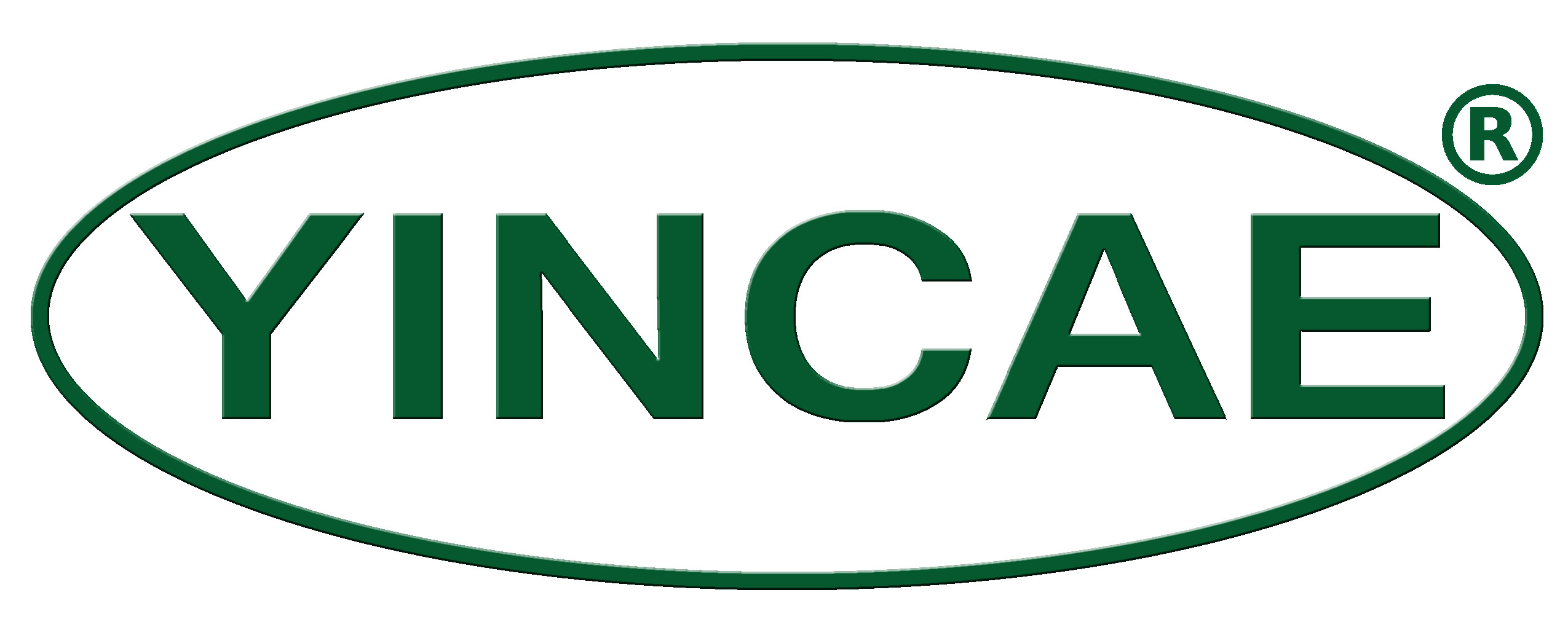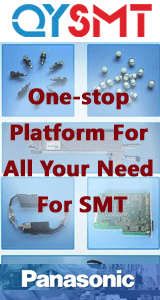Electronics Manufacturing Technical Articles
Papers and articles related to SMT, PCB & EMS industry.
- SMTnet
- »
- Technical Library
1882 SMT / PCB Assembly Related Technical Articles

MacDermid Alpha Electronics Solutions
A materials supplier to the electronics industry. Our breadth of products includes Solder Paste, Solder Preforms, Stencils, Liquid Soldering Flux, Soldering Alloys, Cored Wire, Adhesives, Cleaners and Sinter Technologies
Altoona, Pennsylvania, USA

Kester is a leading global supplier of assembly materials to the electronic assembly, component and microelectronic marketplaces.
Itasca, Illinois, USA

International Business Machines Corporation is a multinational technology. IBM manufactures computer hardware and software, offers infrastructure, hosting and consulting services.
Armonk, New York, USA
The Mulpin concept is to embed components, both active and passive, into multi-layered Printed Circuit Boards (PCBs).
Perth, Australia

Henkel is a manufacturer of materials for PCB and component assembly. The materials include Loctite adhesives, Multicore soldering products, Hysol encaps and underfills, and Power Devices thermal phase change pads.
Irvine, California, USA
Silicon Labs is a leading provider of silicon, software and tools for the Internet of Things, Internet infrastructure, industrial automation, consumer and automotive markets.
Austin, Texas, USA

DfR Solutions (acquired by ANSYS Inc)
DfR Solutions has world-renowned expertise in applying the science of Reliability Physics to electrical and electronics technologies, and is a leading provider of quality, reliability, and durability (QRD) research and consulting
College Park,

YINCAE Advanced Materials, LLC.
Yincae Advanced Materials, LLC is a developer, manufacturer, and supplier of high performance coatings, adhesives, electronic and optoelectronic materials.
Albany, New York, USA
Pages: 1 2 3 4 5 6 7 8 9 10 11 12 13 14 15 16 17 18 19 20 21 22 23 24 25 26 27 28 29 30 31 32 33 34 35 36 37 38 39 40 41 42 43 44 45 46 47 48 49 50 51 52 53 54 55 56 57 58 59 60 61 62 63 64 65 66 67 68 69 70 71 72 73 74 75 76 77 78 79 80 81 82 83 84 85 86 87 88 89 90 91 92 93 94 95 96 97 98 99 100 101 102 103 104 105 106 107 108 109 110 111 112 113 114 115 116 117 118 119 120 121 122 123 124 125 126 127 128 129 130 131 132 133 134 135 136 137 138 139 140 141 142 143 144 145 146 147 148 149 150 151 152 153 154 155 156 157 158 159 160 161 162 163 164 165 166 167 168 169 170 171 172 173 174 175 176 177 178 179 180 181 182 183 184 185 186 187 188 189









